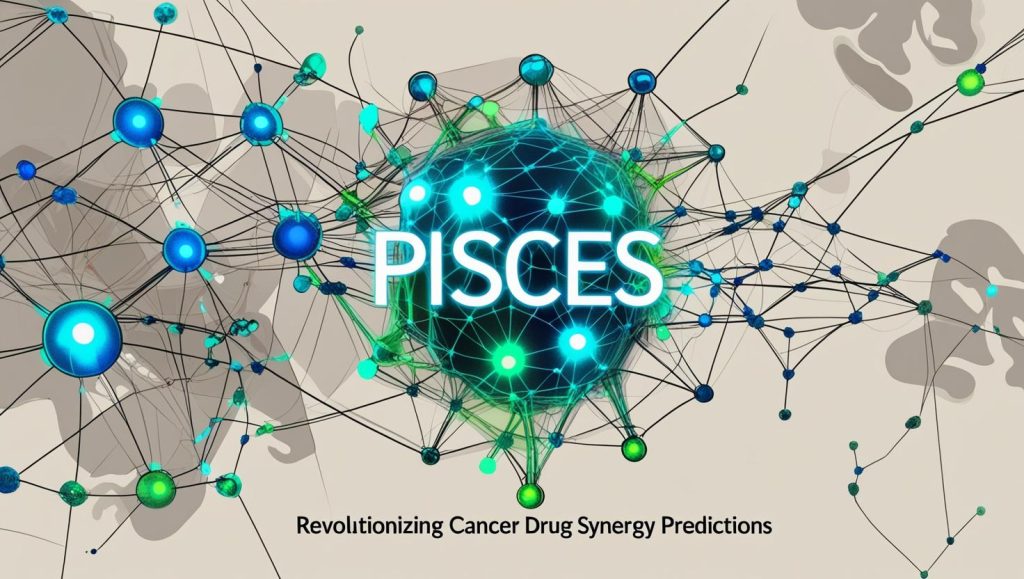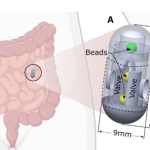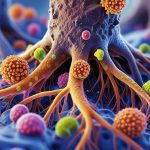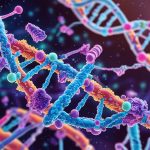In a pioneering leap for cancer treatment and precision medicine, researchers at the University of Washington have developed Pisces. This multi-modal, AI-based model predicts synergistic drug combinations with unprecedented accuracy.
Pisces overcomes a key limitation in oncology: the limited experimental data for the countless possible drug combinations. By augmenting each drug pair up to 64 times using eight distinct data types, Pisces trains smarter, faster, and with more accuracy than previous models.
“We’re not just predicting drug synergies; we’re identifying clinically relevant cancer pathways and optimizing treatments,” said Dr. Sheng Wang, the study’s senior author.
How Pisces Works
Pisces integrates 8 diverse data modalities per drug:
- SMILES (Simplified Molecular Input Line Entry System) sequences
- Molecular graphs
- 3D drug structures
- Drug targets
- Textual drug descriptions
- Side effects
- Drug response data
- Drug ontology
By creating multiple pairwise combinations, Pisces simulates a vast and diverse training dataset, treating each pair of drug features as a separate instance, without the need for complete datasets across all drugs.
Key Achievements
- 64x dataset expansion via data augmentation
- Outperformed all existing models on synergy prediction across three settings:
- Vanilla cross-validation
- Unseen drug combinations
- Unseen cancer cell lines
- Identified a breast cancer drug-sensitive pathway validated through survival data
- Successfully extended to 3-drug predictions trained only on 2-drug data
- Accurate tumor volume predictions using patient-derived xenografts (Pearson r = 0.47)
- Reliable drug-drug interaction (DDI) prediction, including novel, unrecorded interactions
Clinical Impact
Pisces not only predicts synergy, but it also reveals clinically actionable targets. By integrating prediction results with a genetic interaction network, Pisces uncovered a 19-gene pathway involved in breast cancer drug sensitivity. This pathway correlated with significantly longer survival in ER+ patients, offering a potential biomarker for prognosis and personalized treatment planning.
Real-World Use Cases
- Personalized medicine: Predict patient-specific drug combinations
- Drug repurposing: Find new use cases for existing drugs
- Precision oncology trials: Prioritize combinations for testing
- Adverse drug interaction avoidance: Enhance safety profiles

Future Applications
The team aims to extend Pisces with:
- Self-supervised learning
- Interpretation tools for clinical transparency
- Integration of 3-drug+ combinations
- Multi-task learning across synergy, toxicity, and side effects
“Pisces is more than a prediction engine—it’s a discovery platform,” said co-author Dr. Hoifung Poon of Microsoft Research.
Reference
Xu, H., Lin, J., Woicik, A., Liu, Z., Ma, J., Zhang, S., … & Wang, S. (2022). Pisces: A multi-modal data augmentation approach for drug combination synergy prediction. Cell Genomics. DOI: 10.1016/j.xgen.2025.100892







